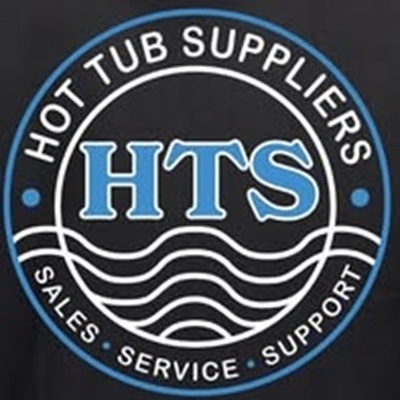-
 Find in Members
Find in Members Find in Videos
Find in Videos Find in Channels
Find in Channels
This website uses cookies to ensure you get the best experience on our website.
To learn more about our privacy policy Click herePrivacy Preference
- Tags - #hot tub chlorinator #hot tub automatic chlorine dispenser #automatic chemical feeder
-
- Last updated May 2 0 comments, 4 views, 0 likes
- Leicester, UK - Get Directions
More from Hot Tub
More in Politics
Related Blogs
What to Look for When Buying an Automatic Chemical Feeder for Your Spa
Body
Keeping your spa water clean, balanced, and safe doesn’t have to be a daily chore. An automatic chemical feeder can do the hard work for you by dispensing the right amount of sanitizer over time. But not all feeders are created equal. Whether you're a first-time buyer or upgrading your system, here’s what to consider when purchasing an automatic chemical feeder for your spa.
1. Type of Sanitizer
First, determine whether you use chlorine or bromine, as feeders are typically designed for one or the other. Some models support both, but it’s important to match the feeder to your preferred sanitizer for best results. Bromine is often better for hot water environments like spas, while chlorine is more common in pools.
2. Feeder Type: Inline vs. Floating
-
Inline feeders are installed directly into your spa’s plumbing system. They provide a more consistent chemical distribution and are hidden from sight, making them ideal for permanent spa setups.
-
Floating feeders are placed directly in the water and are more portable and budget-friendly. However, they may not offer the same level of control or efficiency.
Choose the style that best fits your spa setup and maintenance routine.
3. Adjustability and Control
Look for a feeder with adjustable settings that let you control how much sanitizer is released. This is especially important for spas, where high heat can speed up chemical reactions. A model with multiple flow-rate options will give you better control over water balance.
4. Durability and Build Quality
Spas run hot, so make sure your feeder is made from high-quality, chemical-resistant materials that can withstand heat and prolonged exposure to sanitizers. Look for feeders with UV-resistant plastic and solid seals to prevent leaks or degradation over time.
5. Capacity and Size
Smaller spas won’t need a large-capacity feeder, but you should still consider how often you want to refill it. A feeder that can hold several weeks’ worth of tablets can reduce your maintenance workload and keep your spa consistently sanitized.
6. Ease of Maintenance
Choose a feeder that is easy to clean and disassemble. Regular maintenance is key to performance, and a user-friendly design will make it easier to remove clogs, replace tablets, or inspect for wear and tear.
Conclusion
Buying the right automatic chemical feeder can save you time, ensure better water quality, and extend the life of your spa. Focus on features that offer control, durability, and compatibility with your existing setup. With the right model, maintaining your spa becomes easier, leaving you more time to relax and enjoy.
Photos
Map
-
Locations on MyWorldGo
Location Information
- Location: Leicester, UK - Get Directions
- Formatted Address: Leicester, UK
- Street Address: Leicester,Leicester
- City: Leicester
- State: England
- Country: United Kingdom












Comments